Microbiology: Should We Use CRM QC Strains?
Did you know that among the quality control strains we use, there are 2 types of materials?
There are:
- Reference Materials (RM).
- Certified Reference Materials (CRM).
It has long been believed that these were the same, but no… the term “certified” makes all the difference here (and not just in terms of price!).
To learn more about what the term “Certified” means, we spoke with various experts in microbiology, whether they are manufacturers of certified strains, auditors, or users.
Here are the key points from these discussions.
Best QC strains
Food & Water : The best QC Strain suppliers
We polled the SuperMicrobiologists.
Here are their favorite QC Strains
What is a Certified Reference Material?
Sorry, we’re going to have to start this article with some definitions.
According to ISO Guide 301:
- Reference Material (RM): Material, which properties are sufficiently homogeneous and well defined to be used for the calibration of an apparatus, the assessment of a measurement method, or for assigning values to materials.
- Certified Reference Material (CRM): Reference material accompanied by a certificate, whose properties are certified by a validated procedure with known uncertainty at a known level of confidence.
Is that clearer?
What are CRMs used for?
Broadly speaking, a Certified Reference Material (CRM) is used to ensure the accuracy and reliability of measurements in laboratories.
It provides a reference whose properties are known and certified.
CRMs are used to calibrate measuring instruments (e.g., a thermometer) by providing a reliable basis for comparison.
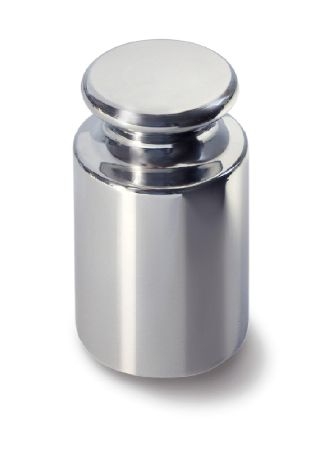
Certified reference materials have been used for a long time in chemistry or physics laboratories (examples: Buffer solution for pH meters, standard weights for a scale)… while in microbiology we are a bit behind… as usual ;-).
CRMs in Microbiology
CRMs used in microbiology are mainly microbial strains. We have identified 2 types of reference materials:
- Qualitative materials: These are non calibrated strains, but for which the precise identification of the strain is known.
e.g., E.coli NCTC 12241
- Quantitative materials: These are calibrated strains, for which the concentration (as well as the uncertainty) and the precise identification of the strain are known.
e.g., E.coli NCTC 12241 containing exactly 50 cfu (+ or – 5 cfu).
Producing CRMs for physics and chemistry is already complicated, so imagine what it represents for microbiology? Living organisms that can be capricious and mutate… just that!!!
Who can provide certified reference QC strains?
To be able to produce certified reference strains, two things are necessary:
- The producer must be accredited ISO 170342. This standard provides general requirements for reference material producers.
- The Quality Control (QC) laboratory that will issue the strain’s certificate of analysis must be accredited ISO 170253 (for the methods used to characterize the strain). This laboratory will identify and enumerate the strain. It can be an internal or an external laboratory.
Why use CRM QC strains in microbiology?
Now that we know CRMs exist, and what they are, let’s see in what context to use them?
Let’s see what the ISO 17025 standard (section 5.6.3.2) says:

The complexity here lies in the interpretation of the word “shall”.
In English the words “shall” and “must” are slightly different. If the standard had really required the use of CRM strains, it would have used the term “must”.
By using “shall” it does not mandate, but strongly recommends.
Finally, this is our personal interpretation, based on… a semantic study of Shakespeare’s language (sorry we are only… microbiologists !).
Best QC strains
Pharma : The best QC Strain suppliers
We polled the SuperMicrobiologists.
Here are their favorite QC Strains
Conclusion
Although this article clarifies the distinction between certified and non-certified materials, the specific use of CRMs remains to be more clearly defined.
It seems that for microbiology laboratories accredited according to ISO 17025 standard, the use of CRM strains is strongly recommended (but not mandatory).
We hope this article will open the debate to continue enriching our understanding of the usefulness of CRMs in microbiology laboratories.
Please share your comments below


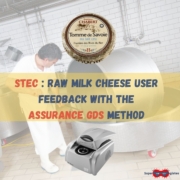
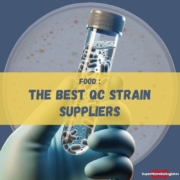
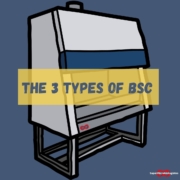


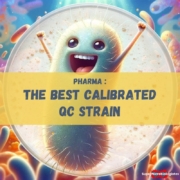
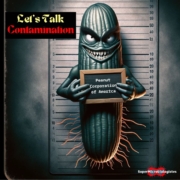








Leave a Reply
Want to join the discussion?Feel free to contribute!